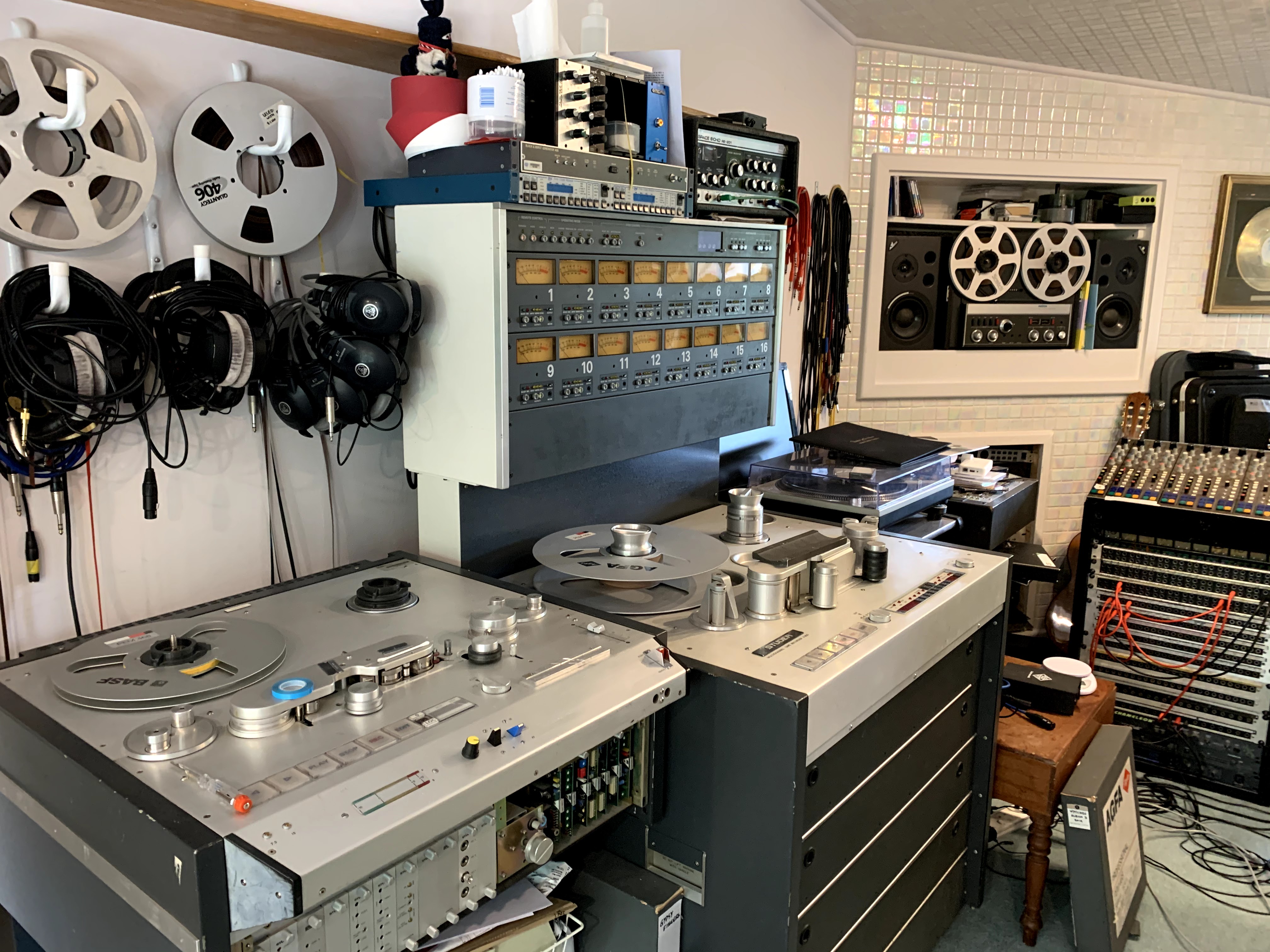Re: HELP NEEDED to digitise two LP's
Posted: Mon Apr 12, 2021 8:26 pm
Audiophile discussion, articles, bake-offs, Doc-Mods, music. NVA reviews, loan scheme, orders & support. Phono stages, amplifiers, semi-omni speakers, cables, headphone amps, digital, vinyl.
https://www.hifisubjectivist.org/
The Mscaler upsamples 44kHz to 705kHz and 48kHz and above to 765kHz through a dual BNC connection to the DAC. If the DAC only has a single BNC input the upsampling is halfed. I have what I believe is the cheapest DAC with dual BNC inputs, the Qutest. It has taken it to a completely different level. The biggest benefit is an enhanved sound stage with a greater sense of seperation. On many recordings which I had become acustomed to hearing as a wall of sound, this is no longer the case. I am convinced Cubes bring out the most in what it has to offer and the listening experience is greatly enhanced. Not cheap, but I have had it for two years and the Qutest for over three years and they are my end game source. Everything is relative and the Mscaler is a fraction of the price of the Blu Ray CD transport which introduced the technology and cheaper than music strangelig WAF speakers I have heard.


The bit depth determines the dynamic range, not the frequency band width. In photography the bit depth determines the levels of brightness, in both cases the more bits the wider the range of levels that can be accommodated before everything becomes the same. For example with CD anything above 96dB will come out as 96dB (a very crude analogy).Vinyl-ant wrote: ↑Wed Apr 21, 2021 9:51 am This is how i see digital compared to analogue.
Im quite happy to be corrected on this because i have a very rudimentary understanding of how it works.
Lets take 16 bit 44.1khz as an example.
The 16 bit part influences what frequency bandwidth can be sampled, the 44.1 bit part describes the number of samples per second.
an analogue waveform is one continuous sample that is restricted mechanically and electrically by the sampling equipment (recorder) and media bandwidth.
An analogue waveform will be a smooth curve, equipment limits notwithstanding.